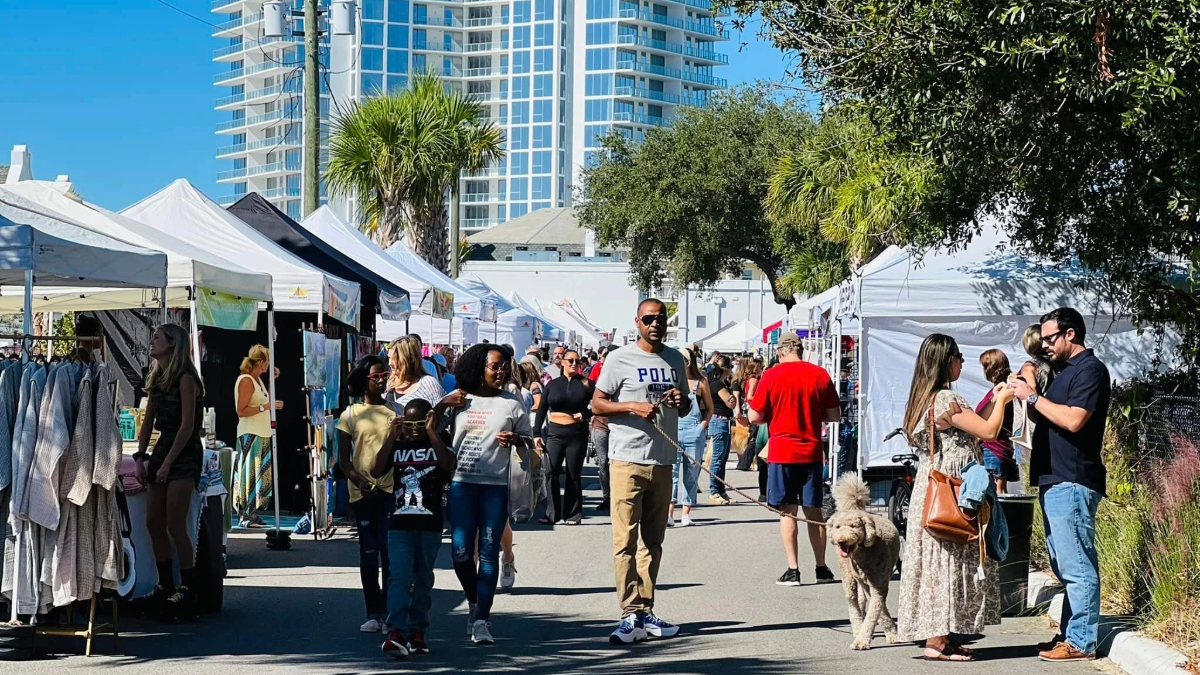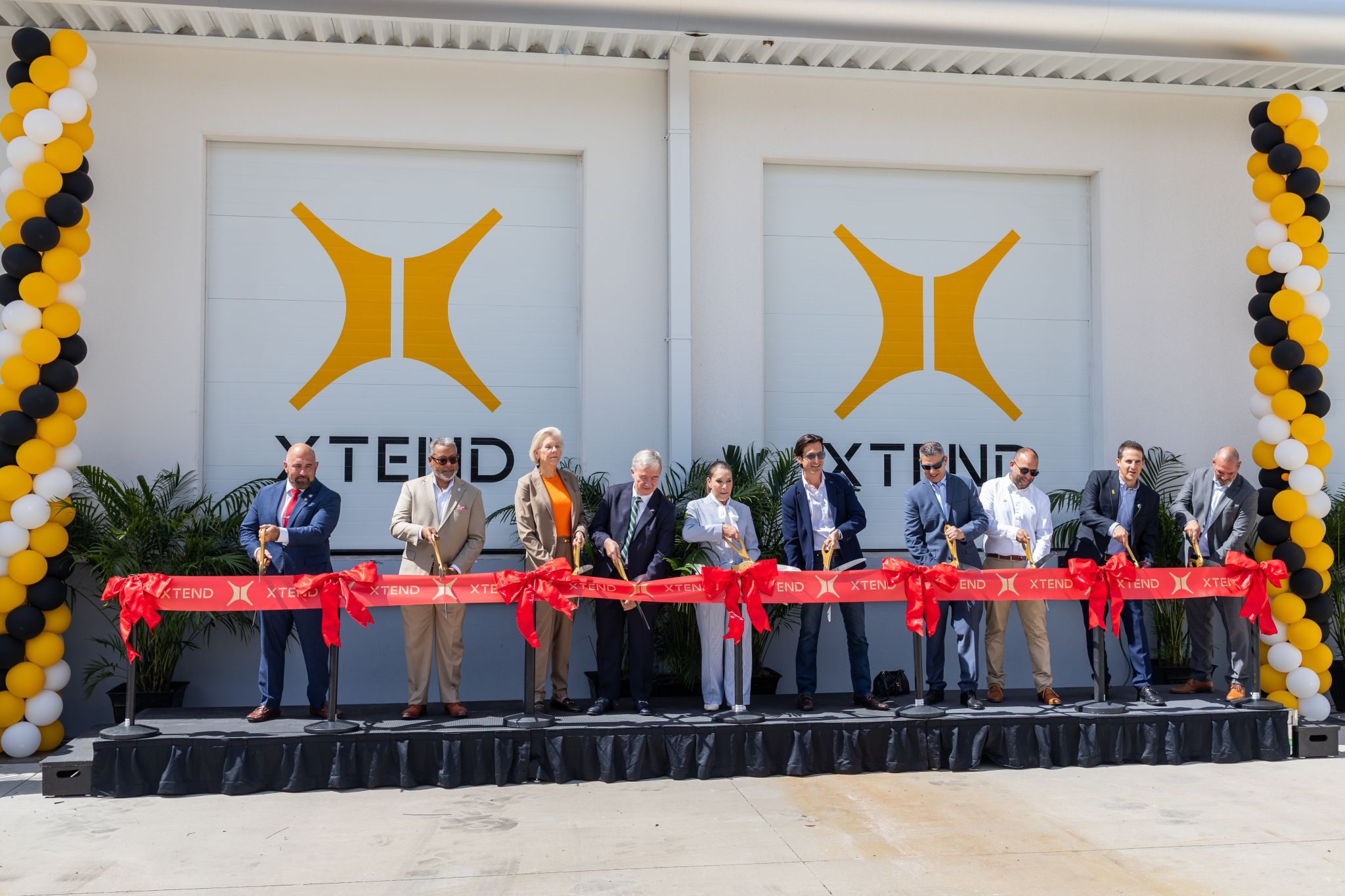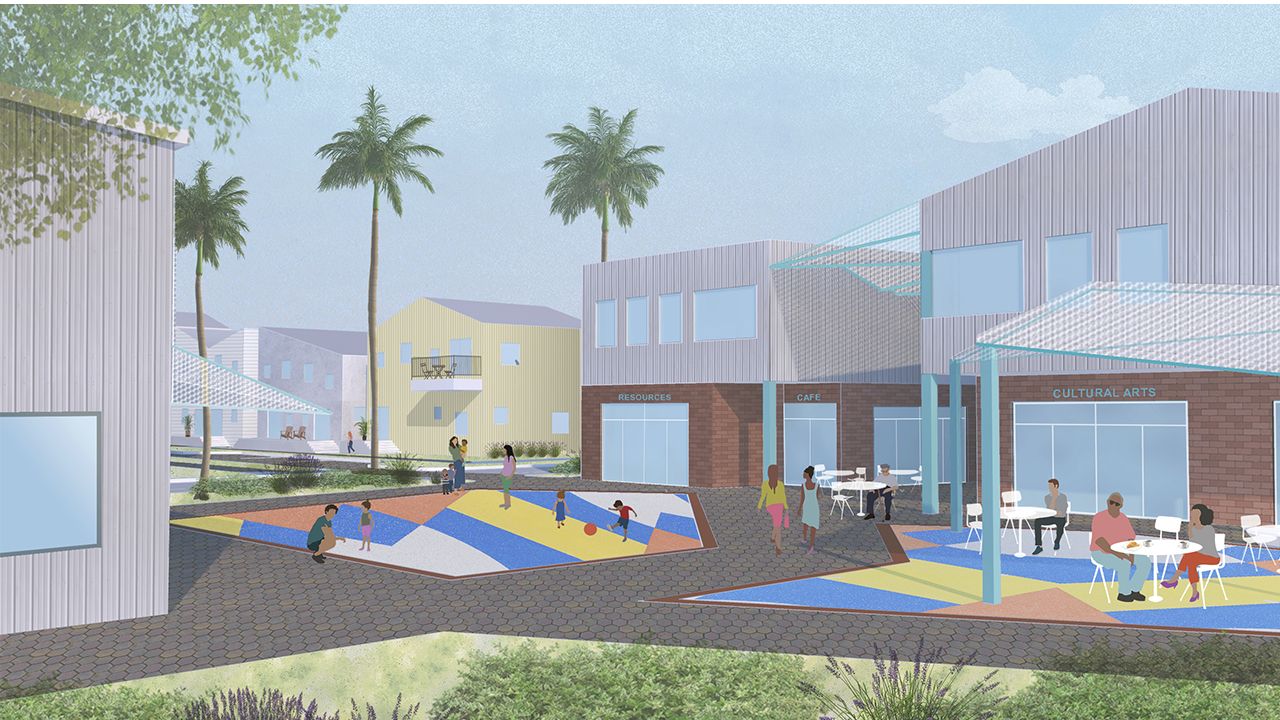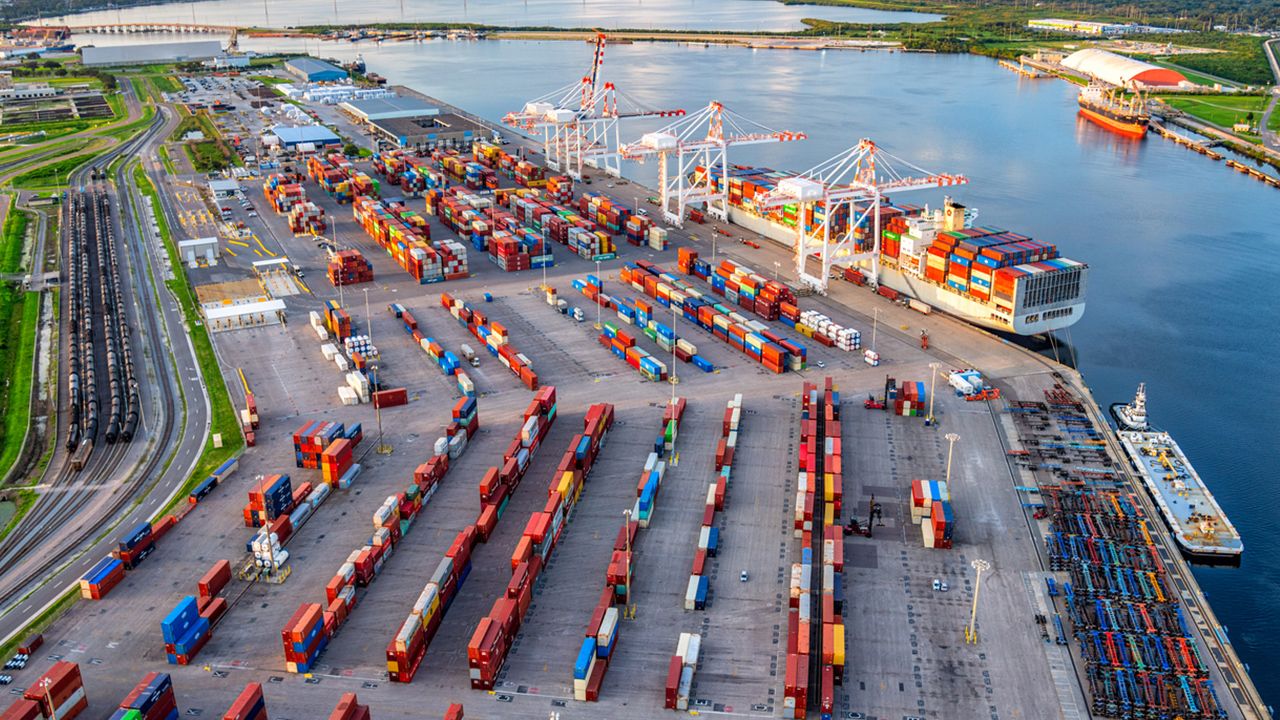Pinellas Park is on the brink of a major transformation. At the heart of this revitalization effort is Park Junction, an ambitious development project that aims to create a vibrant, community-centered hub. Led by Mastry’s Brew Hub as the anchor business, Park Junction represents not only a new phase for the city but also a strategic vision for sustainable economic growth.
For years, Pinellas Park has been overshadowed by the rapid growth of its neighbors—St. Petersburg and Tampa. However, city leaders saw an opportunity to redefine the area’s economic and cultural landscape.
“We created a city center plan, in 2021, that envisioned a walkable neighborhood with higher density development,” says Erica Lindquist, director of planning and development services for Pinellas Park. “Mastry’s will be one of the first developments there and serve as the cornerstone of this new neighborhood.”
Nick Colonna, community development administrator, echoed the enthusiasm. “Pinellas Park has always had the foundation of a great community, but we’re building on it by reimagining what this area can be—a place where infrastructure, community and businesses come together seamlessly.”
The city is investing in complementary infrastructure, including the newly planned Davis Commons, a park that will feature splash pads, an amphitheater and green space designed to enhance walkability and community engagement. Adjacent to the park, a new multifamily housing complex and a redeveloped city hall will further anchor the area.
Mastry’s Expansion: The Anchor of Growth
Mastry’s Brewing Co. is no stranger to Pinellas County. Established on St. Pete Beach, the brewery has become a staple for craft beer lovers, but founder Matthew Dahm always envisioned something bigger. Park Junction, with its prime location on Park Boulevard, presented the perfect opportunity.
“Ironically, I found this parcel back in 2017,” says Dahm. “At the time, it was privately owned and priced above market value. It wasn’t until 2018 that I saw a sign on the property and realized the city had acquired it.”
The journey to this expansion hasn’t been without challenges. The brewery’s St. Pete Beach location endured significant disruptions from hurricanes and storms, which Dahm credits for teaching resilience and adaptability.
“Every couple of years, we’ve faced some major interruption,” Dahm explained. “Hurricane damage, especially at the beach location, forced us to reassess and strengthen our operations. It was tough, but it also solidified our long-term vision for growth.”
And that long-term vision is evident in the long-game plan for Mastry’s Brew Hub.
After presenting his business model to city officials, Mastry’s expansion was unanimously approved by the commission. Dahm envisions a sprawling, multi-purpose venue that not only brews beer but also serves as a community gathering space with a market hall concept.
“Breweries have always been focal points for communities,” Dahm says. “It’s not just about making craft beer; it’s about fostering collaboration, supporting local events and creating a space that families, pet owners and nonprofits can utilize.”
Public and Private Sector Collaboration
The success of Park Junction is largely due to the strong collaboration between the city and private developers. Colonna emphasized the city’s commitment to fostering an environment where businesses can thrive.
“The city has been phenomenal to work with,” Dahm says. “From planning and zoning to public works, it’s clear they are invested in making this a success.”
Colonna says that Pinellas Park is leveraging tax-increment financing to spur development. “By investing in infrastructure—roads, utilities and green spaces—we create an attractive environment for businesses while ensuring long-term economic benefits for the city,” he says.
While the vision is clear, the path to execution has not been without obstacles. Dahm highlights the rising costs of construction and inflation as significant challenges.
“When we first designed this project, in 2018, the budget was around $8 million,” he says. “Now we’re looking at over $11 million due to cost increases. It’s a huge adjustment, but we’re committed to making it work.”
Similarly, local officials acknowledge that while growth is essential, it must be balanced with maintaining affordability for existing residents. “We’re increasing density to attract developers,” Lindquist says. “But we’re also mindful of keeping Pinellas Park accessible for all.”
A Ripple Effect on the Local Economy
The impact of Park Junction will extend far beyond its immediate footprint. As seen in other revitalization efforts, once a key development takes root, surrounding businesses and real estate values tend to rise.
“This is just the beginning,” Colonna says. “We’ve already seen increased interest from developers who recognize the potential here. The goal is to create an ecosystem where businesses, residents and visitors all benefit.”
From a small business perspective, Dahm hopes Park Junction will inspire other entrepreneurs. “The goal isn’t just to build another brewery,” he says. “It’s about creating a sustainable, community-focused development that sets the tone for what’s possible in Pinellas Park.”
With plans for groundbreaking soon, the excitement surrounding Park Junction continues to build. The combination of a thoughtfully designed city plan, strong public-private partnerships and a shared vision for growth positions Pinellas Park as a rising player in the region’s economic landscape.
For Dahm, and city officials alike, Park Junction is more than just a development—it’s a statement. A statement that Pinellas Park is ready to step into the spotlight and embrace a future where community and commerce thrive together.













